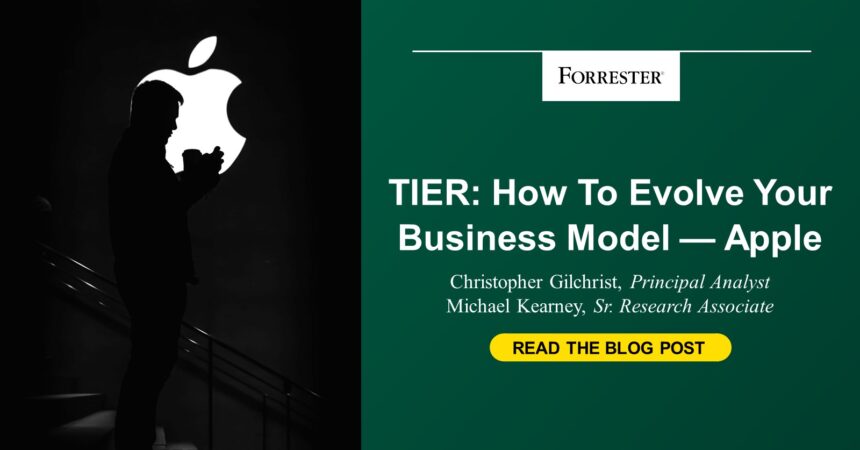This time last year, we introduced the concept of value conversion — first with a taco example, then with one from Apple. The former is worth a look back, but let’s focus on the latter. Historically, businesses have used two main techniques to drive growth.
- Value capture is a technique used to generate growth by extending current markets. For example, Apple has continually captured value in the US smartphone market, raising its market share from around 40% in 2017 to more than 50% in 2023.
- Value creation is a technique used to generate growth by expanding to new and larger markets. For example, Apple has created value by moving into the watch industry via Apple Watch and the financial technology industry via Apple Pay.
Both techniques obviously produce success, but many businesses are employing them in one-dimensional or short-sighted ways. Focusing too much on value capture leads to diminishing returns, while focusing too much on value creation means neglecting a business’s core market and customers. An answer to this dilemma is value conversion.
- Value conversion is a strategy to generate growth by evolving between techniques (i.e., capture and creation) as circumstances and opportunities demand without diminishing returns. Apple, as noted above, has employed value capture and value creation in different instances and industries, achieving value conversion. And these models often work together, such as when Apple Pay helps drive sales for iPhones.
Apple has continued its fintech value conversion play with the 2019 launch of Apple Card, a digital-first, no-fee credit card. Purchases made with Apple Pay and in Apple Stores earn 2% and 3% cash back, respectively. In early 2022, US users were estimated at 6.4 million. Its high-yield savings account (4.15% APY), launched in 2023, reached more than $10 billion in deposits in three months. For Apple, this is a serious value conversion success — the card offers no direct enterprise financial benefits but encourages consumers to stay within the Apple ecosystem and buy Apple products (it’s less of a win for Apple’s consumer banking partner, Goldman Sachs, where one executive recently swore off Apple Card due to mounting losses).
Apple is not the only big tech company to launch a fintech value conversion play. In 2017, Amazon launched the Prime Rewards Visa Card, a credit card only available to Amazon Prime members. The card offers 5% cash back on purchases made via Amazon.com, Amazon Fresh, and Whole Foods. With the card, Amazon gains similar benefits to Apple: the ability to acquire and keep consumers in its ecosystem. Two August announcements underscored these goals. At the start of the month, Amazon launched two credit cards in Brazil as part of an ecosystem strategy to compete with Latin American giant Mercado Libre. Soon after, Amazon Web Services launched its Global Fintech Accelerator to leverage AI/ML and the cloud for “open finance, the ‘API-fication’ of financial services, and the explosion of connected devices.”
It’s unlikely to stop soon. Meta thinks that the metaverse, plus decentralization technologies like blockchain and NFTs, are the future of financial technology. Google is opening a new fintech hub in India and investing $10 billion in the country’s digitalization fund. These companies are using their current rapid business growth to unlock access to new industries and markets. In big tech’s case, assume that the rich will get even richer.
This research falls under Forrester’s tech insights and econometric research (TIER).








